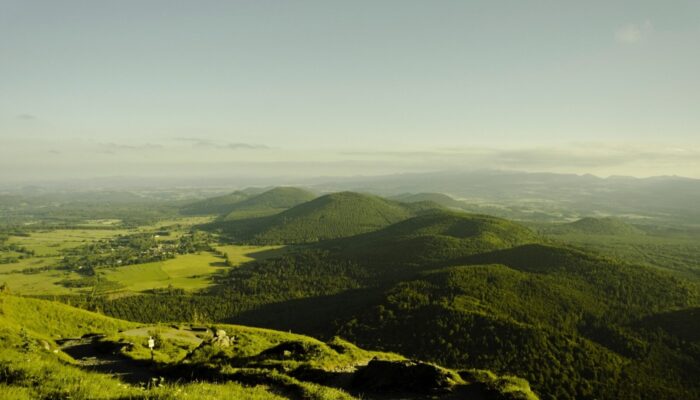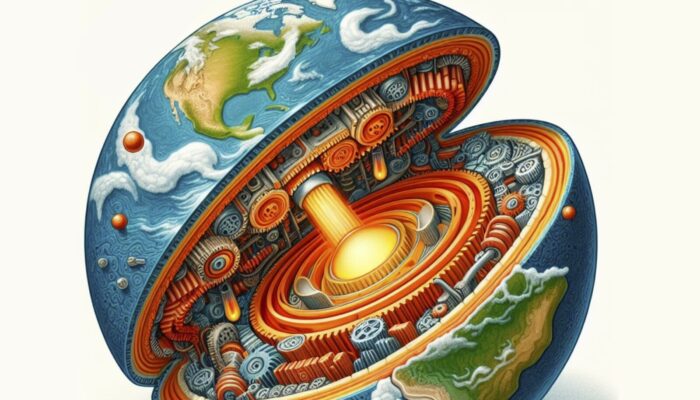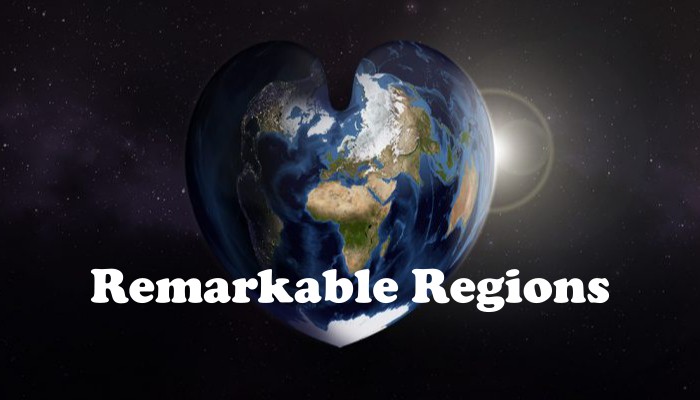Continental rifts are a striking manifestation of the forces at work in the Earth’s interior and are often associated with volcanic activity. Contrary to intuition, volcanism is not confined to rift grabens, but migrates as the rifts evolve. How and why this happens is still not clear. This week, Gaetano Ferrante from Rice University, Houston (USA) will share his research with us, showing ho ...[Read More]
Exploring the Evolution of Rift Magmatism through Numerical Modelling




